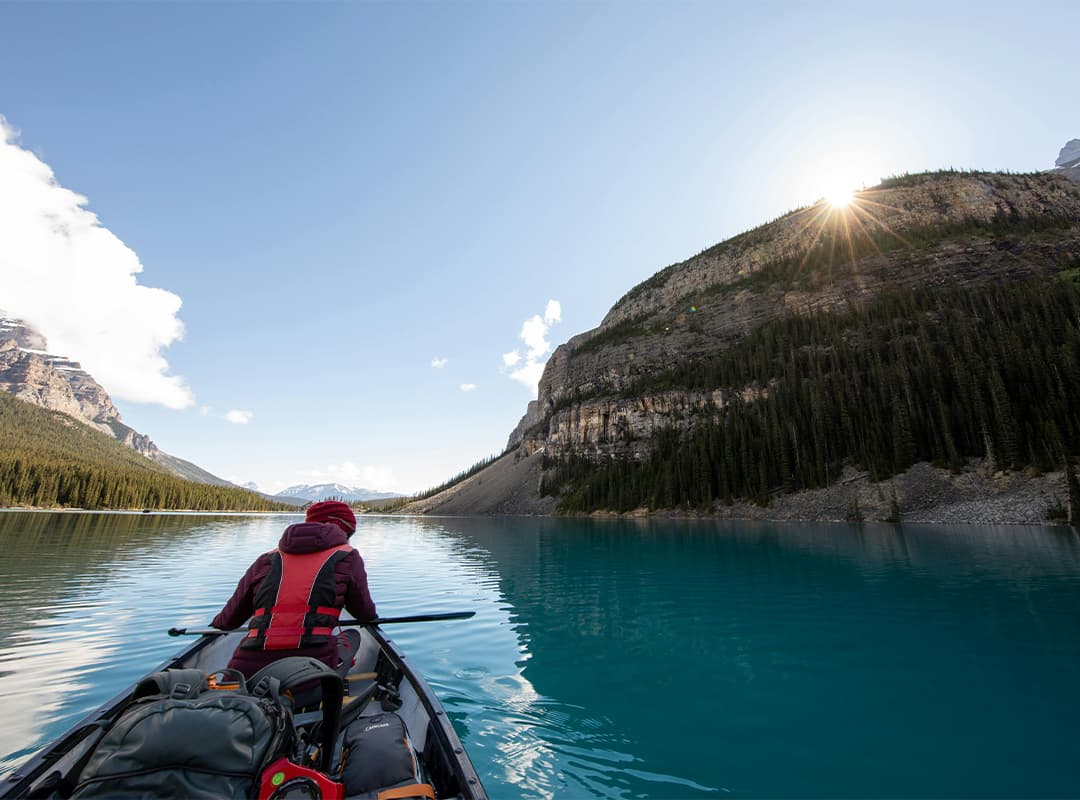Kayaking offers exciting adventures, but it’s essential to be aware of potential hazards on the water. Among these are strainers, which can pose significant risks to both beginners and experienced paddlers. In this article, we’ll explore what strainers are, why they’re dangerous, and how you can navigate them safely.
Understanding Strainers
In the context of river kayaking, a strainer is an obstacle that allows water to pass through but can trap larger objects, like kayaks or people. Think of it like a kitchen strainer: just as a strainer lets water through but holds onto pasta, a river strainer lets water flow but catches anything that can’t fit through its gaps.
Common examples of strainers include fallen trees, which can trap a kayak and, if water pressure builds up, push it underwater with the paddler still inside. Other examples of strainers are:
- Tires
- Shopping carts
- Tree branches
- Vines
- Logs
- Vehicles
- Fences
Why Strainers Are Dangerous
Strainers are hazardous for several reasons. They can cause a kayak to flip or become stuck, leading to potential capsizing. The water flowing through the strainer can pin a person against it or drag them underwater, creating a dangerous situation.
Even on slower-moving rivers, strainers can be perilous. If you get caught in one, especially in cold water, it can be life-threatening. Therefore, it’s crucial to be aware of and avoid strainers wherever possible.
Formation of Strainers
Strainers can form both naturally and from man-made objects. Natural strainers often result from trees falling into rivers, especially along the outer curves where erosion exposes tree roots. Man-made strainers might include storm grates, discarded vehicles, or fencing. Flooding can also cause debris to create strainers.
Identifying Strainers
Spotting strainers can sometimes be challenging. Look out for floating debris or unusual objects on the water. For instance, seeing the top of a submerged car could indicate an approaching strainer. Knowing what to look for can help you avoid them effectively.
What to Do If You Encounter a Strainer
If you find yourself caught in a strainer, it’s crucial to stay calm and take appropriate action:
- Avoidance: The best approach is to avoid strainers entirely. If you spot one ahead, steer clear if possible.
- If Already Caught: If you’re caught in a strainer, try to swim toward it forcefully. Use your momentum to grab onto it and pull yourself out of the water, employing a scissor kick to help lift yourself. Avoid panicking, as staying calm is vital in this situation.
- Escape: If you can, swim aggressively away from the strainer towards the main current. Clear branches and debris to create a path to safety.
Prevention Tips
- Scout Your Route: Before you start paddling, check your route for strainers and other hazards. If you encounter one, consider walking your kayak around it if possible.
- Assess Your Skill Level: Ensure the waterway matches your paddling skills. Don’t venture into challenging waters beyond your ability.
- Wear a Life Jacket: Always wear a life jacket to ensure your safety while on the water.
- Monitor Weather Conditions: Be aware of changing weather conditions. Sudden storms or high winds can alter water flow and increase risk.
- Check Water Flow: Gauge the speed of the water. It may appear slow but could be flowing faster than it seems.
- Paddle with a Buddy: Having a companion ensures you can watch out for each other and respond to emergencies more effectively.
Conclusion
Strainers are significant hazards on rivers that should be avoided whenever possible. By understanding what strainers are, how to identify them, and how to respond if you encounter one, you can better prepare yourself for a safe kayaking experience.
